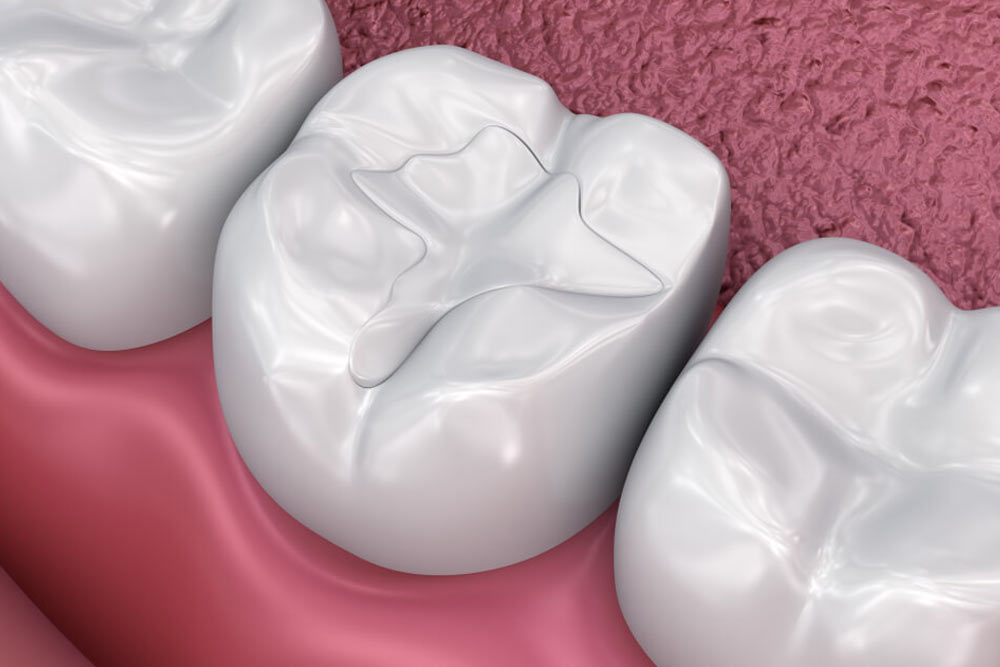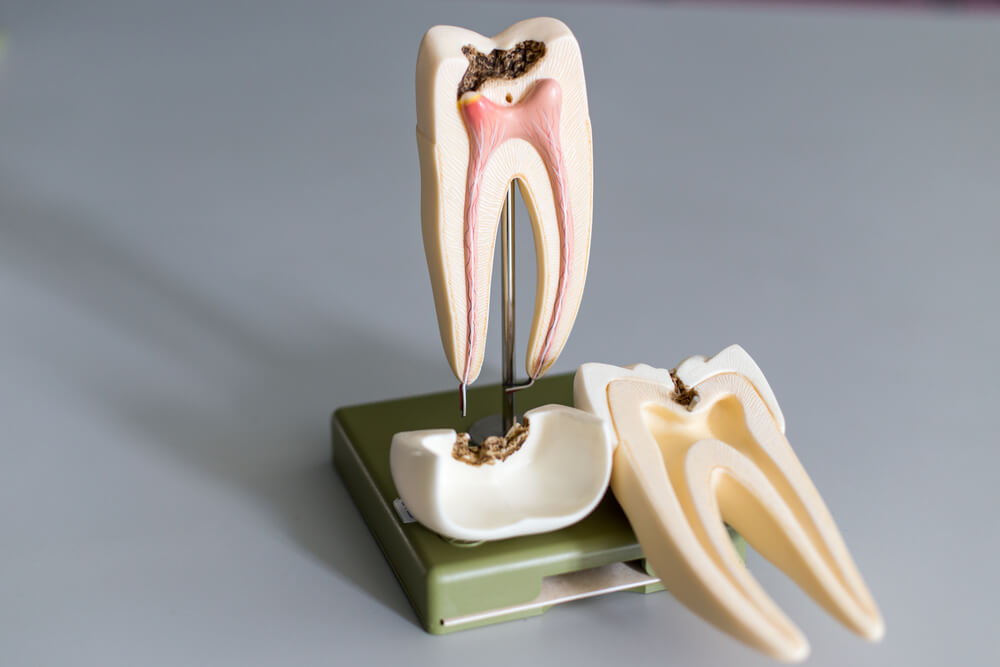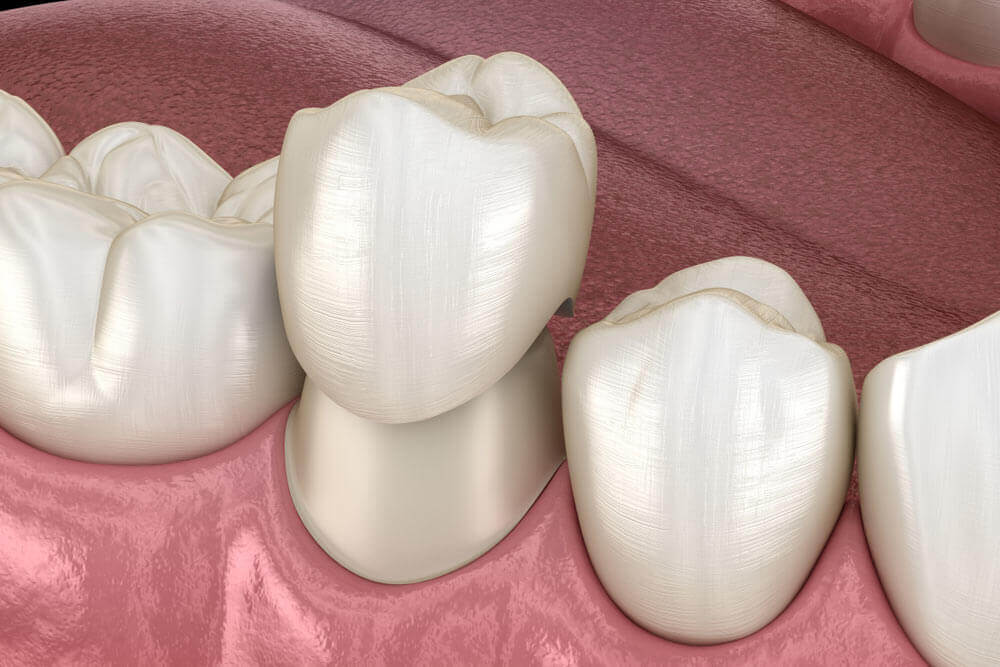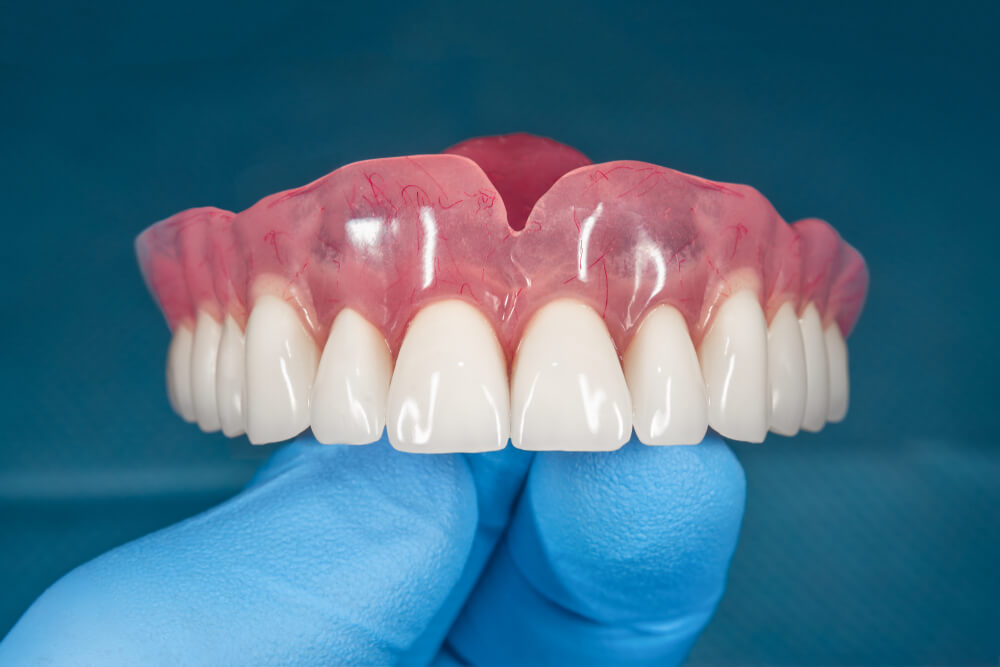Root canal therapy, also known simply as a root canal, is a restorative procedure used to remove infected pulp tissue in order to save a severely decayed tooth. The pulp tissue is the innermost layer of the tooth and when it becomes infected by bacteria, it is known as pulpitis. The two main goals of root canal therapy are to remove decayed pulp tissue from inside the tooth and to restore the remaining tooth structure.
Did You Know?
The pain that many people associate with root canals is actually caused by inflammation inside the tooth from the infection. In fact, root canal therapy helps to relieve pain since it removes the infection.
Frequently Asked Questions:
Do I need a root canal?
You will need a root canal if you have a pulp infection, meaning that tooth decay-causing bacteria have reached the inside of the tooth. Once the pulp has been infected, the only way to prevent the loss of the tooth or the spread of the infection is to have root canal therapy. You may have a pulp infection if you:
- Have prolonged tooth sensitivity to hot, cold, or sweet
- Are experiencing sudden and/or severe tooth pain
- Have a single discolored tooth
- Notice gum irritation around the affected tooth
When it comes to root canal therapy, the sooner you get treatment, the better. To determine if you need a root canal, schedule a consultation with Park City Dental today.
What can I expect when having root canal therapy at Park City Dental?
When having a root canal at Park City Dental, you can expect to first have your mouth numbed so that you will not feel anything during the procedure. Our doctor will begin the procedure by drilling a small access hole in the top or side of your tooth to reach the pulp. The entire procedure will be performed through this small access hole using special root canal files. First, the infected tissue will be removed from the pulp chamber and root canals. Then, the inside of the tooth will be cleaned with a microbial solution to prevent future infection.

To restore the affected tooth, the inside will first be filled with a rubber-like material known as gutta-percha. In some cases, metal posts may also be placed to add support. Once the inside of the tooth has been filled, then the access hole will be filled with a composite filling and a temporary dental crown will be placed over the entire tooth. After the tooth has healed, then a permanent dental crown will be used to replace the temporary crown.
What should I expect after having root canal therapy?
After having root canal therapy, you may experience some minor discomfort. This is because the inflammation from the infection will take a few days to dissipate even though the infection has been removed. In most cases, any discomfort can be managed with over the counter pain medications. Since you will also have a temporary crown placed after a root canal, you will need to temporarily avoid chewing on that side of the mouth and eating excessively hard, crunchy, or chewy foods until your permanent crown has been placed.















